What is Interfacing For Sewing-5 Easy Tips for Beginners
Have you ever wondered what is interfacing for sewing? We have you covered with 5 tips to make interface a breeze.
Similar to shopping for fabric, choosing the appropriate interfacing requires some understanding, ensuring you achieve the desired drape and weight.
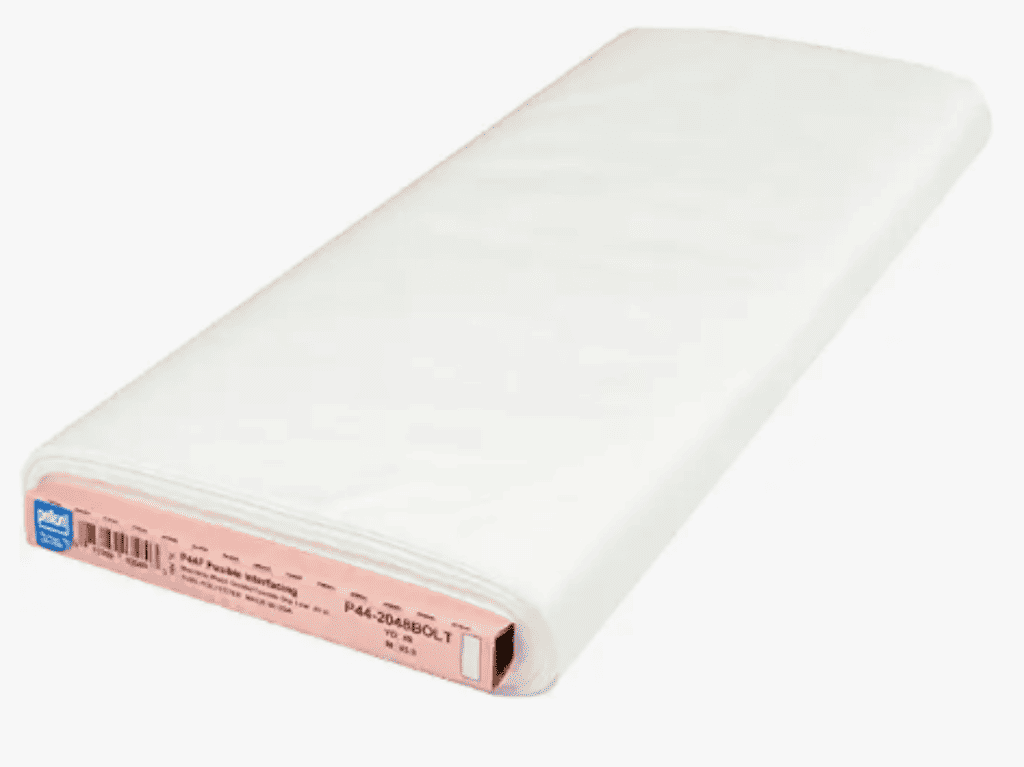
Fortunately, selecting the correct type of interfacing for your project is straightforward once you grasp the basics of how it works.
So, if you’re facing difficulties with interfacing, here’s a simple guide to help you find the perfect match.
Table of Contents
Different Types of Interfacing
In the realm of interfacing, three primary interfacing type are commonly used: woven, non-woven, and knit.
Although they share similar purposes, understanding their distinctions is the key to selecting the appropriate kind for your sewing pattern.
Woven Interfacing
Woven interfacing is crafted in a manner similar to woven fabric, which means that when you’re working with it, you must be mindful of the grain line.
This type of interfacing is perfect for projects that call for medium-weight or heavyweight fabric, as well as projects involving delicate fabrics that require added structure, such as silk or silk organza.
Non Woven Interfacing
Non-woven interfacing is composed of fibers that are bonded or felted together, resulting in a texture that resembles paper rather than fabric.
Unlike woven interfacing, it does not have a distinct grain line, allowing you to cut out pieces in any direction.
However, it is not as durable as woven interfacing, particularly when subjected to washing.
This type of interfacing is ideal for craft-oriented projects such as bags, accessories, home projects, or creating a speedy muslin for a garment that won’t be worn regularly.
It’s a good option when you need extra structure. Home sewers love using it for heavier fabric for home decor, but not so much for garment sewing.
Additionally, it offers simplicity in application but may not be suitable for long-lasting, high-wear garments.

Knit Interfacing
Knit interfacing possesses a moderate amount of stretch across the width and minimal stretch along the length. This unique characteristic allows it to move harmoniously with your fabric, preventing excessive stretching.
While it is primarily suitable for knit garments, it also works well with lightweight woven fabrics that possess some degree of stretch and drape, such as rayon.
Additionally, when cutting out knit interfacing, it’s important to consider the direction of the greatest stretch for your specific pattern piece.
For instance, if you’re working on a knit waistband, you’ll want the knit interfacing to stretch around your body along with the fabric, ensuring a proper fit.
Fusible and sew-in interfacing
In addition to the three primary types of interfacing, there are also fusible and sew-in options available. In most instances, you can choose whichever option you prefer.
Fusible interfacing, also called fusible web, is equipped with small adhesive dots on its wrong side.
By applying a sustained press with your pressing cloth and utilizing steam from your hot iron, it permanently adheres to the wrong side of the fabric. No sewing is required in this case!
Sew-in interfacing, also called non-fusible interfacing, is an alternative option for situations where you’re working with fabrics that shouldn’t be exposed to heat and steam, or fabrics with a crinkly texture or loose weave.
Instead of fusing, you’ll baste the sew-in interfacing to your fabric, effectively creating a second layer of support.
Fabric can be used as an alternative to purchased interfacing by basting a different layer of fabric to your main fabric, similar to sew-in interfacing.
Various lightweight fabrics can serve as suitable options. For instance, you can utilize lightweight cotton, batiste, muslin, organza, or flannel.

Additionally, in tailored garments such as suits, horse-hair canvas is often used as interfacing (and there are also fusible versions available, such as those by Pellon).
When working with knits, a lightweight knit fabric or mesh can be utilized as an alternative interfacing option.
In addition to the main types of interfacing, there are a few other options available to suit specific needs.
If you require a thin strip of interfacing to provide temporary stabilization during sewing, without permanently attaching to your fabric, consider using water-soluble interfacing that can be washed out.
Alternatively, you can find narrow rolls of knit or woven interfacing designed to remain in your hems, such as wigan.
For those involved in sewing craft projects or bags, double-sided interfacing is a useful option to explore.
How do you pick the right interfacing for your project?
Now that you have an understanding of the distinctions between various types of interfacing and their respective uses, there is another crucial factor to consider: weight.
Similar to fabric, interfacing is available in different weights, and the key is to match the weight of your fabric to the weight of your interfacing.
A useful guideline when selecting interfacing for your projects is to opt for one with a comparable or lighter weight and slightly less drape than your fabric.
This approach allows the interfacing to provide structural support without excessively stiffening the shape of your garment.
For instance, when working with fabrics like rayon or lightweight cotton to create a shirt, it is advisable to utilize lightweight and flexible interfacing.
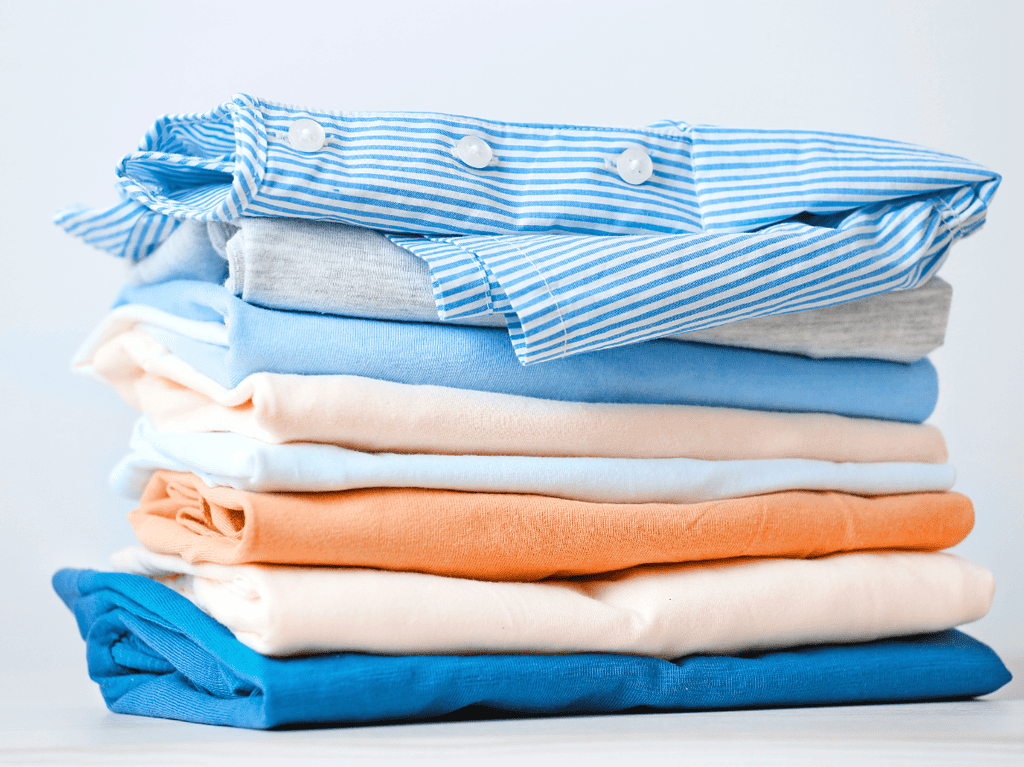
If the interfacing is too heavy, it can result in collars, cuffs, and plackets appearing excessively rigid compared to the rest of your garment. Maintaining a balance in weight ensures a harmonious and cohesive outcome.
When constructing outerwear, such as a jacket, you have the option to choose medium-weight interfacing if your garment requires additional structure.
It’s essential to ensure that the interfacing’s weight is either similar or lighter than your fabric. This ensures a balanced combination, allowing the interfacing to provide the desired level of support without overpowering the overall weight and drape of the fabric.
When crafting a bucket hat, using heavyweight interfacing would create an excessively rigid brim, which is not in line with the intended design of this pattern.

Instead, opt for lightweight interfacing, which will provide the brim with some structure while allowing it to maintain its intended floppy and draped appearance.
However, if you’re working on a more structured hat or bag project, heavyweight interfacing can be a suitable option to achieve the desired level of stability and shape.
When working with knit fabrics, it’s crucial to match the weight of the knit to the weight of the interfacing. For jerseys and rayon blends, lightweight knit interfacing is recommended, as it provides suitable support without compromising the stretch of the fabric.
On the other hand, medium-weight knit interfacing can be suitable for double knits or ponte fabrics. If you’re unsure, opting for a lighter-weight interfacing is generally a safe choice.

It’s important to note that using woven or non-woven interfacing on knit projects will restrict their stretch. This is precisely why knit interfacing is highly advantageous, as it preserves the stretch and flexibility of the knit fabric, ensuring optimal comfort and movement.
How do you work with interfacing?
Here are some tips for working with interfacing.
Always follow the manufacturer’s instructions provided with the interfacing. Each bolt of interfacing comes with an instructional sheet, so it’s essential to read and understand them before starting your project.
This is particularly crucial when using fusible interfacing to avoid scorching your fabric. Doing a quick test swatch beforehand is wise practice.
Regarding pre-washing interfacing, woven interfacing typically doesn’t shrink. However, for other fabrics used as interfacing, such as organza or muslin, it’s advisable to pre-wash them.
As for fusible interfacing, pre-shrinking can be done by soaking it in warm (not hot) water, although it may not always be necessary.
While non-woven interfacing doesn’t have a grainline, woven and knit interfacing do. Pay attention to the direction of stretch when cutting out interfacing, and utilize the pattern’s cutting layouts to follow grainlines.
This practice ensures you won’t cut fusible interfacing with the wrong side facing up.
It’s important to note that fusible interfacing has a right and wrong side. Pay attention to cutting layouts to determine the proper orientation of the pattern pieces.
To reduce bulk, trim the seam allowances of your interfacing. If your pattern includes separate pieces for interfacing, follow those guidelines.
Otherwise, you can trim the edges of your interfacing, such as trimming about 1/8″ (3 mm) from fusibles before adhering them or trimming the seam allowance of sewn interfacing after basting. This helps in achieving a neater and less bulky result.
Before cutting your fabric, it’s advisable to interface it first. When working with small pieces like collars and waistbands, it can be easier to interface a block of fabric and then cut out your pattern pieces from it.
After attaching fusible interfacing, double-check your pattern markings. Sometimes notches and other pattern markings can become less visible.
It’s important to transfer these markings again before assembling your garment to ensure accurate construction.
When choosing the color of interfacing, opt for black interfacing if your fabric is dark and white interfacing if your fabric is light.
This helps to ensure that the interfacing remains discreet and doesn’t show through the fabric.
If your interfacing is wrinkled or creased, it can be soaked in water and then hung dry to remove the wrinkles.
Avoid pressing fusible interfacing directly to remove wrinkles, as it can end up sticking to your ironing board.
To prevent fusible interfacing from sticking to your iron, use a press cloth as a protective barrier. Additionally, remember to clean your iron regularly.
There are iron cleaners available, such as Ez-Off, which can help in maintaining the cleanliness and efficiency of your iron.
Instead of ironing, it is recommended to press your fabric when working with interfacing. The back-and-forth motion of ironing can potentially distort the shape of your garment and create bubbles in the interfacing.
Allow your interfaced fabric to cool and dry completely before moving it to prevent the formation of bubbles.
Sew-in interfacing can be likened to underlining, but there is a distinction between the two. Underlining involves attaching an additional layer of fabric to the entire garment, whereas sew-in interfacing is typically used for specific pieces.
Underlining is an excellent choice for sheer or very lightweight fabrics where added support and opacity are desired.
Where is the best place to buy interfacing?
Interfacing is readily available in most fabric stores and large craft stores. Here are a few recommendations for where you can find it:
Having tricot interfacing in your sewing room is highly recommended. It offers the versatility of 2-way or 4-way stretch, making it suitable for various projects that call for lightweight interfacing. While you might assume, it’s exclusively for knits.
Fusible tricot interfacing performs exceptionally well with lightweight woven fabrics as well. It imparts a gentle structure, possesses a flexible texture, and exhibits a graceful drape, making it an excellent choice for creating everyday garments.
Pellon is widely recognized as one of the leading brands of interfacing, offering a diverse range of options. With so many choices available, it can be initially overwhelming.
A helpful approach is to take your fabric along and physically feel the different interfacing options to determine which one suits your project best. Shape-Flex (SF 101) from Pellon is a reliable starting point, serving as a good basic interfacing.

Additionally, Pellon even provides a helpful PDF guide to assist you in selecting the most suitable interfacing for your specific fabric and project requirements.
When it comes to trustworthy interfacing, Plantional is a highly regarded brand. It’s about the same price as Pellon but also comes in black.
Investing in quality interfacing can greatly enhance the durability and longevity of your garments.
Wawak offers a wide selection of both fusible and sew-in interfacings. They provide a helpful chart that assists in choosing the appropriate type of interfacing for your specific project needs. This resource can be particularly beneficial in ensuring you make the right selection.
Joann Fabric is a trusted supplier renowned for providing interfacing of different weights. You can download their app to see the products, and they routinely have coupons

Click photo for pricing and availability
However, these fabrics can also serve as excellent options for sew-in interfacing or underlining in your sewing endeavors. Their high-quality materials offer versatility beyond dyeing applications.
Other Sewing Resources:
If you are new to sewing, we recommend that you start by learning the basics and starting with a simple project like the potholder.
Start with:
Fabric Giveaway
Enter our monthly fabric giveaway. Simply complete the tasks daily and you will be entered into the drawing. Winner will be randomly drawn on the first day of the month and notified via email
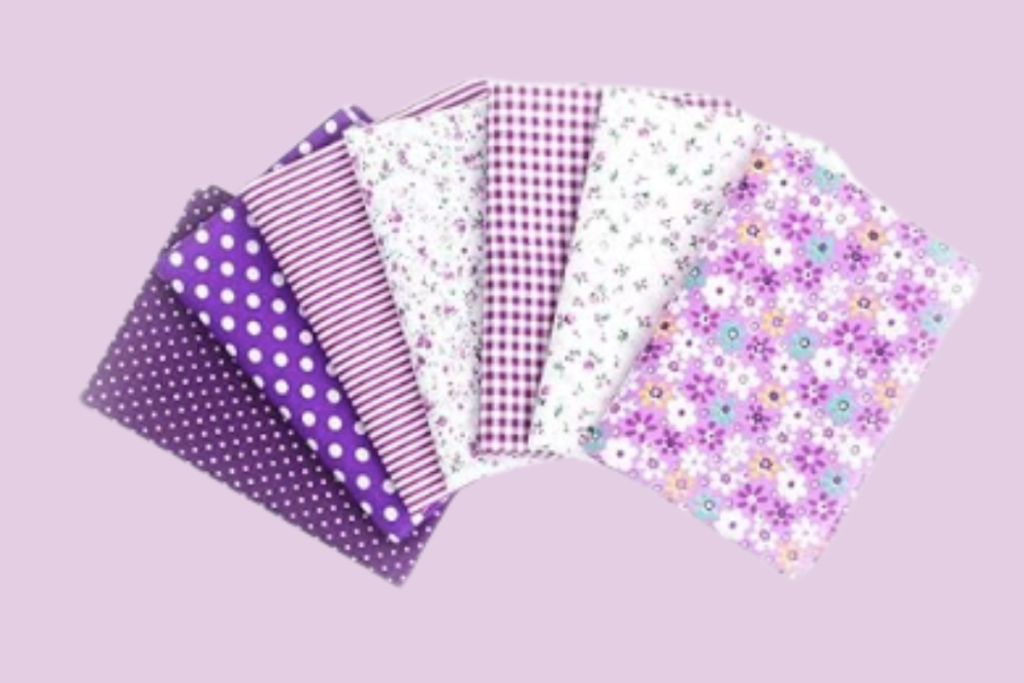

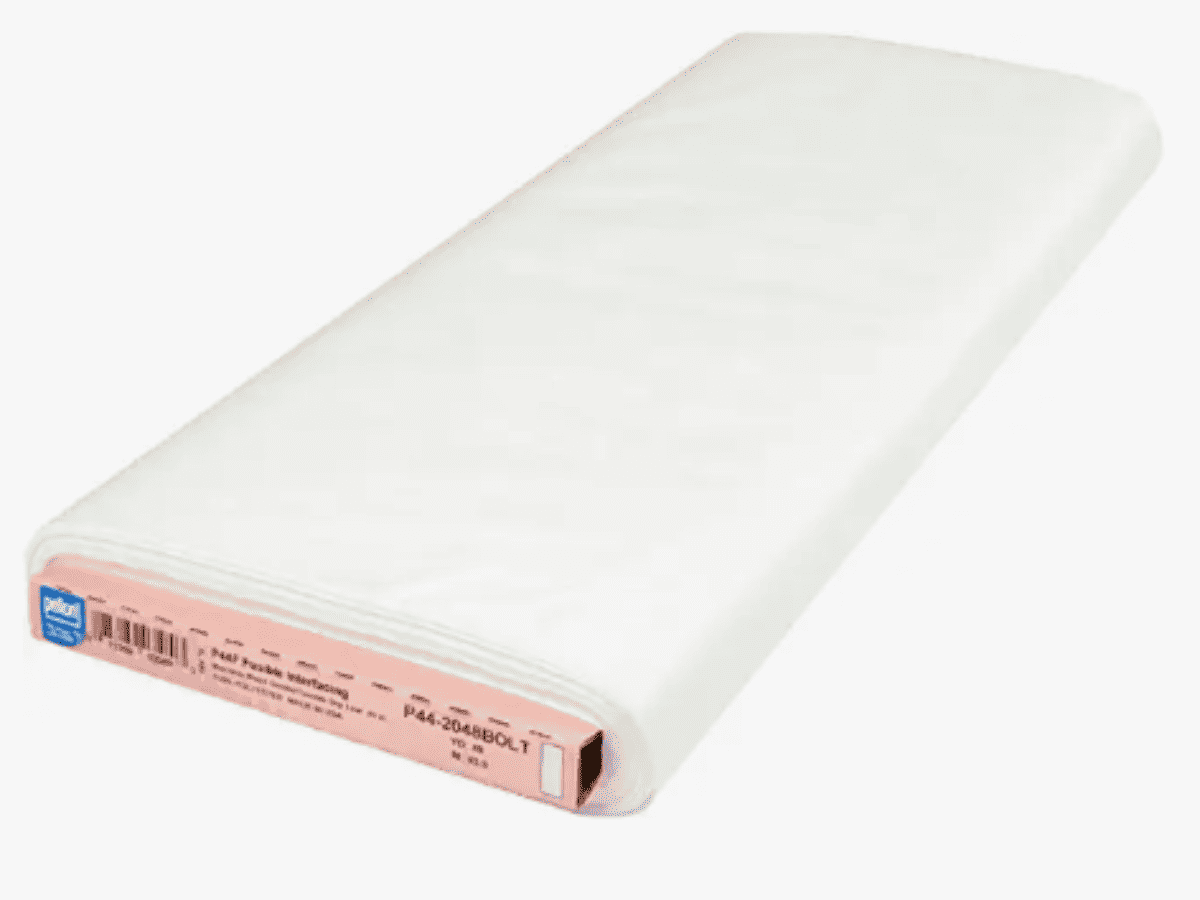
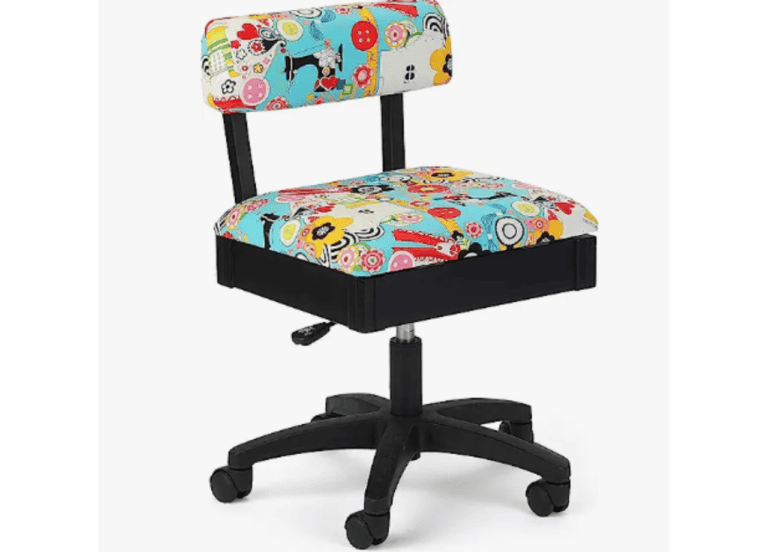
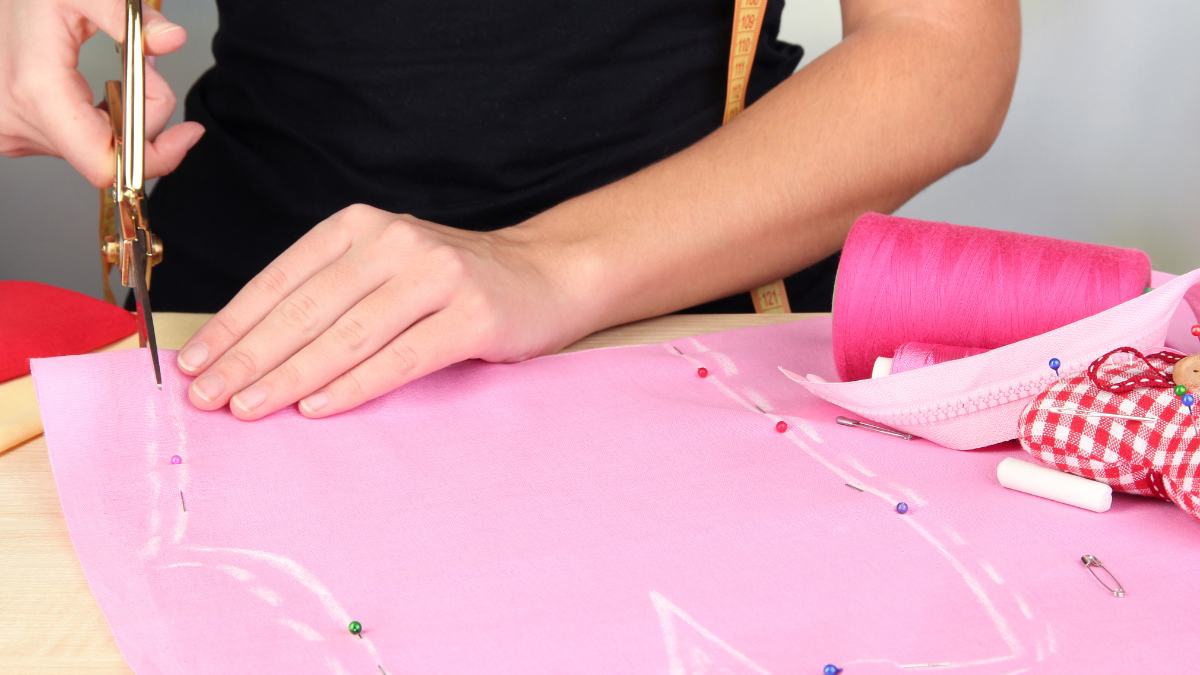
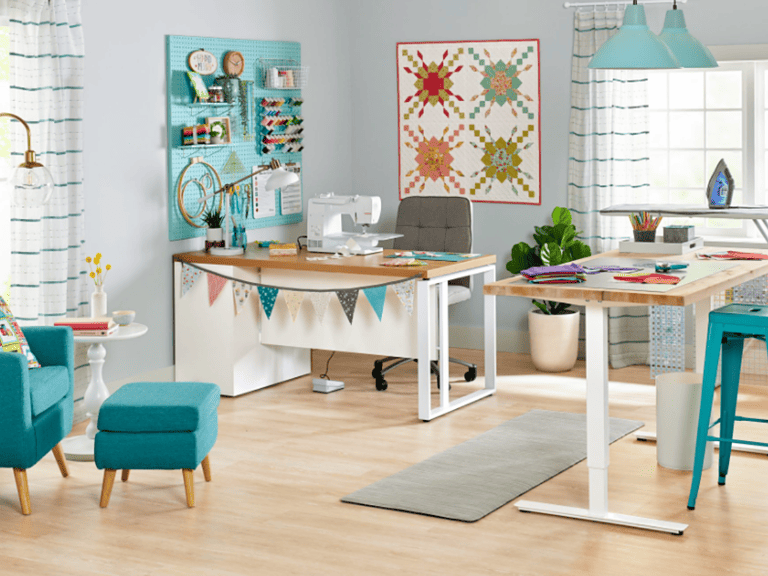

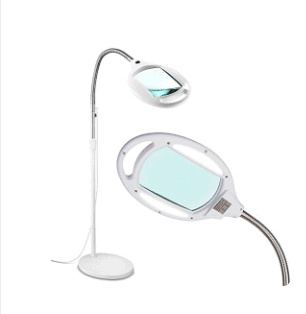
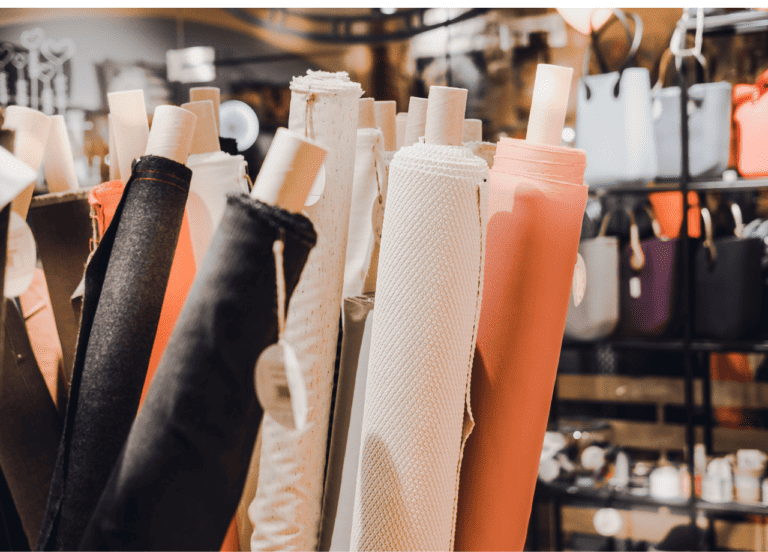
One Comment